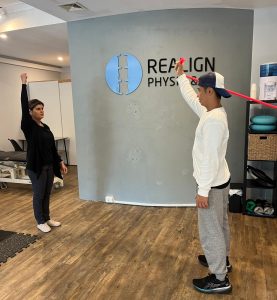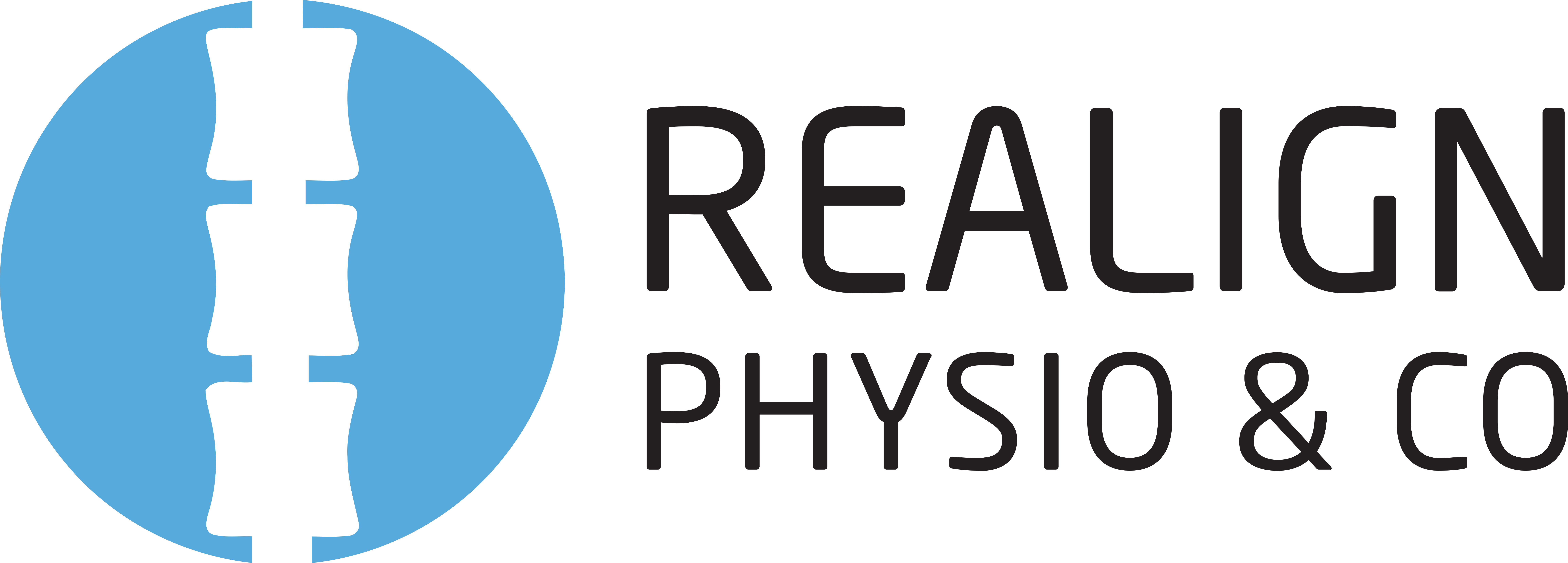Frequently Asked Questions
What is the cost of physiotherapy in Robina?
The cost of physiotherapy in Robina varies depending on the type of treatment, the therapist's experience, and any additional services provided. Prices typically range from $80 to $150 per session.
Can I get a discount for bulk sessions at Robina Physio?
Robina Physio offers discounts for purchasing bulk physiotherapy sessions. The specific discount amount may vary, so we recommend contacting the clinic directly to inquire about their current bulk session pricing and availability.
Do physiotherapists in Robina offer home visits?
Physiotherapists in Robina do offer home visits to patients who are unable to attend the clinic due to mobility issues or other health concerns.
Can physiotherapy in Robina help with back pain?
Physiotherapy in Robina can help alleviate back pain by addressing the underlying causes through personalized treatment plans, which may include exercises, manual therapy, and education to improve mobility and reduce discomfort.
How do I find a physiotherapist in Robina?
To find a physiotherapist in Robina, you can search online directories, ask your general practitioner for a referral, or look for physiotherapy clinics in the local area that offer services.
What are the physiotherapy treatment options for sports injuries?
Physiotherapy treatment options for sports injuries typically include manual therapy, exercise therapy, and modalities such as ultrasound or electrotherapy to reduce pain, improve mobility, and promote healing.
Are there physiotherapy clinics open on weekends in Robina?
Yes, there are physiotherapy clinics open on weekends in Robina. Many local physiotherapy practices offer weekend appointments to accommodate the schedules of their clients.
Can I get a referral from my doctor to Robina Physio?
You can obtain a referral from your doctor to visit Robina Physio, which can assist in accessing physiotherapy services covered by your health insurance.
Are physiotherapists in Robina registered with Medicare?
Physiotherapists in Robina are registered with Medicare, allowing clients to claim rebates for their physiotherapy services.
Does Robina Physio have a parking area for clients?
Robina Physio has a dedicated parking area available for clients to use during their appointments.
What are the working hours of Robina Physio?
The working hours of Robina Physio are Monday to Friday, 8:00 AM to 6:00 PM.
How to book an appointment with Robina Physio?
To book an appointment with Robina Physio, you can contact the clinic directly by phone, email, or through their online booking system. Their contact information and appointment booking options are available on their website.
Can physiotherapy in Robina help with sports injuries?
Physiotherapy in Robina can help with sports injuries by providing personalized treatment plans to reduce pain, improve mobility, and support rehabilitation for a full recovery.
What conditions can physiotherapy in Robina treat?
Physiotherapy in Robina can treat a range of musculoskeletal conditions, including back pain, neck pain, sports injuries, arthritis, and post-operative rehabilitation. The physiotherapists use evidence-based techniques to help patients improve mobility, reduce pain, and enhance their overall function.
What is the cost of a physio session at Robina Physio?
The cost of a physiotherapy session at Robina Physio is $95 for an initial consultation and $80 for follow-up appointments.
What are the benefits of physiotherapy in Robina?
Physiotherapy in Robina can help improve mobility, reduce pain, and enhance overall physical function for individuals recovering from injuries, managing chronic conditions, or seeking to improve their well-being.
What are the benefits of physiotherapy at Robina Physio?
The benefits of physiotherapy at Robina Physio include personalized treatment plans, hands-on techniques to reduce pain and improve mobility, and a holistic approach to support overall health and wellness.
Does Robina Physio treat sports-related injuries?
Yes, Robina Physio specializes in treating sports-related injuries, including sprains, strains, and other musculoskeletal conditions, through evidence-based physiotherapy techniques and personalized rehabilitation programs.
Are Robina Physio therapists fully qualified and registered?
All Robina Physio therapists are fully qualified and registered with the relevant professional bodies to provide physiotherapy services.
What should I expect during my first session?
During your first session, you can expect a comprehensive assessment to understand your condition and develop a personalized treatment plan. The physiotherapist will discuss your goals and medical history to provide the most suitable care.
How long does physiotherapy treatment typically last?
The length of physiotherapy treatment typically varies depending on the individual's condition, progress, and goals, but it can range from a few sessions to several months.
What qualifications do Robina physiotherapists hold?
The Robina physiotherapists hold a range of qualifications, including university degrees in physiotherapy, as well as additional certifications in areas such as sports physiotherapy, Pilates, and clinical Pilates.
Are there specific exercises for back pain relief?
Specific exercises can help relieve back pain by strengthening the core muscles and improving flexibility. These may include low-impact exercises like yoga, Pilates, and stretching.
What should I wear to my physiotherapy appointment?
When attending a physiotherapy appointment, it is recommended to wear comfortable, loose-fitting clothing that allows easy access to the areas being treated. Avoid wearing restrictive or overly tight garments.
How can I prepare for my physiotherapy session?
Preparing for your physiotherapy session involves wearing comfortable clothing, bringing any relevant medical records, and being ready to discuss your goals and symptoms with the physiotherapist. This helps ensure a productive and personalized treatment plan.
What types of injuries can physiotherapy address?
Physiotherapy can address a wide range of injuries, including musculoskeletal conditions, sports injuries, neurological disorders, and chronic pain. Physiotherapists use various techniques to help patients recover, improve mobility, and manage their symptoms.
Is physiotherapy effective for chronic pain management?
Physiotherapy can be an effective approach for managing chronic pain by improving flexibility, strength, and function, and addressing the underlying causes of the pain.
What payment options are available at Robina Physio?
At Robina Physio, clients can pay via cash, credit card, EFTPOS, or HICAPS for private health insurance claims.
Can I switch physiotherapists at Robina Physio?
Clients at Robina Physio can switch physiotherapists if they feel the need to, as the clinic aims to provide personalized care tailored to each individual's needs and preferences.
What is the cancellation policy for appointments?
The cancellation policy for appointments at Realign Physio & Co requires 24 hours' notice to avoid a cancellation fee.

